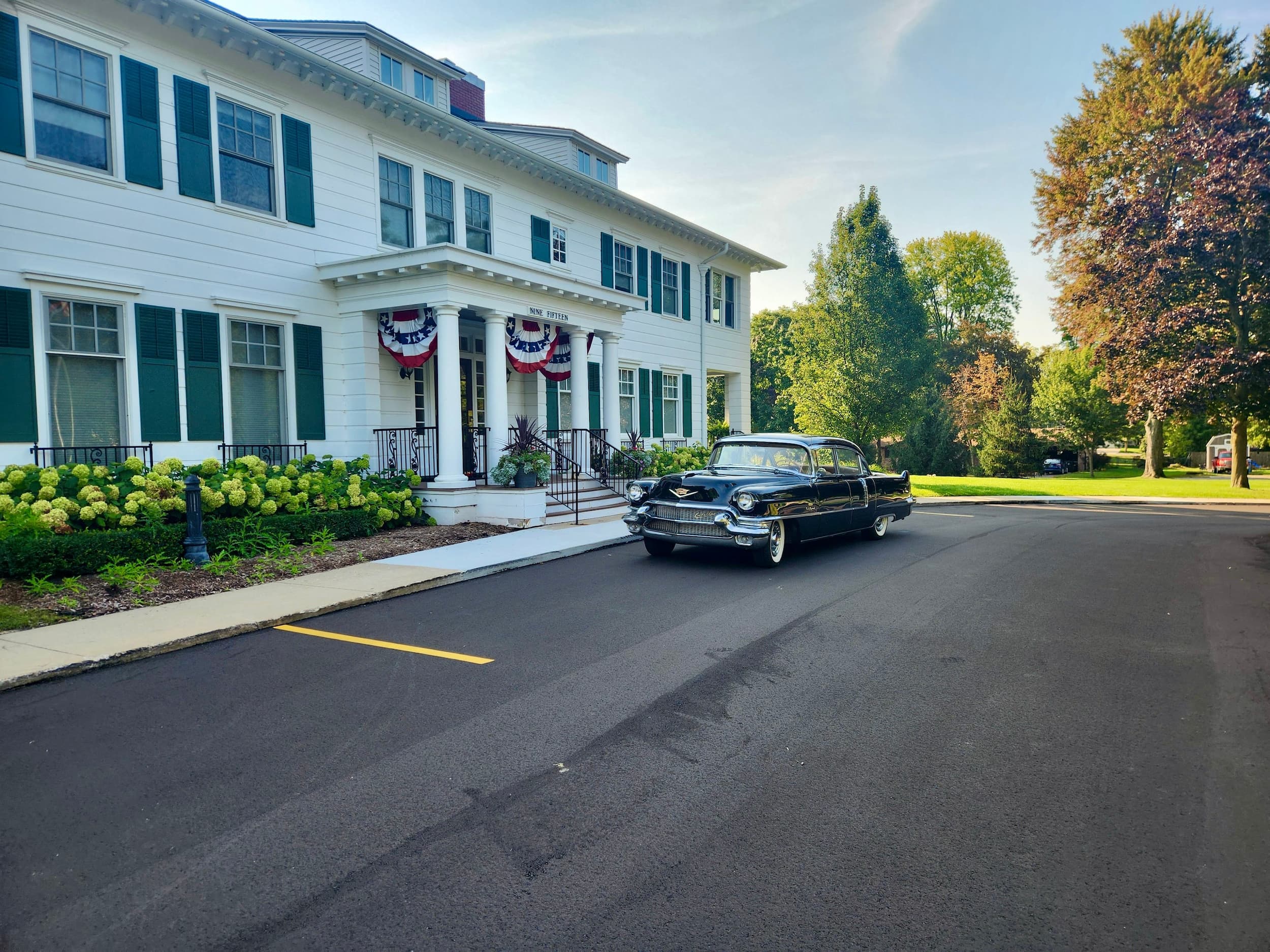Posted in Uncategorized

Lessons Learned Serving as Both In-House and Outside Counsel
This article originally appeared in Corporate Counsel magazine.
As a patent attorney who has been in-house, I’ve pretty much seen it all: the good, the bad, and even the ugly. I’ve worked against the limitations of time and resources and with several outside law firms. Now that I am a patent attorney in private practice, I can honestly say I’ve seen both sides of the coin…and learned a few lessons along the way. Here is what being on both sides of the aisle (in-house & outside counsel) has taught me – how to better serve in-house counsel at corporations.
Click here to view and download a PDF of the article as it appeared in Corporate Counsel Magazine.
Cut to the Chase By Reversing the Order of Information
Large law firms tend to produce an equally large amount of paperwork. In my world, it wouldn’t be uncommon to receive a seemingly simple reporting of a USPTO Office Action that would total 10 pages or more. Most of that content is typical boilerplate language and form letter content, much of it containing basic background that I would flip right past to get to the final two pages or so of actual legal analysis and recommended courses of action. Once you’ve established a working relationship and comfort level with your client in-house, it’s likely that they already know the basics of a filing or recurring matter, so all of the background information attorneys provide can sometimes be in the way of what in-house counsel truly wants: answers and next steps, and quickly.
Consider reversing the order of information, and lead with the actionable information first. Open your memo or letter with a brief abstract of the letter’s larger intent, providing a quick breakdown of the next steps, recommended actions, due dates, and so on. You can always append background documents or relevant case law, if necessary. But cutting to the chase, as they say, saves the client corporation time, billable hours from the firm, and workload—all of which further endears you to that in-house counsel and likely results in greater loyalty and more work in the long run.
Let the Client Lead the Dance
It’s typical, especially at larger firms, for attorneys to be working from templates and boilerplate that the firm has developed to create consistency and lessen the administrative burden of applying the law and serving the client. But rather than reflexively and rotely relying on such template documents to communicate with your client, let the client establish the rules of engagement. Because assuming the firm’s methodology matches the preferences of the individual attorney sitting in-house with myriad tasks and responsibilities can potentially create friction and frustration.
Ask the client how they like to be communicated with. Some might want traditional paper trails, while others may be modernizing and want everything submitted electronically so it is more easily indexed and referenced. Some want long, detailed letters; others want brief memos. I once had to break it to outside counsel that I got into the habit of ignoring all of his hard work because it was too much, too often. Your client may be experiencing the same, and the avalanche of paper may even be coming at the client’s annoyance. Open a dialogue with the client and go the extra mile to tailor your approach to match your client’s preferences.
Establish Formal Reporting Protocols and Timelines
Because so many client priorities are time-bound, time is truly of the essence when serving in-house counsel. For me, it was critical when working as in-house to receive prompt and proactive information from my outside firm. In patent law, a typical reporting of an office action has a 90-day response window before extension-filing fees are incurred. If a large firm serving us took three to four weeks to internally route such a notice before it ever hit my inbox, we’d have already been halfway to our deadline by the time I was able to get an informed response back to the firm.
Rather than accepting delays and long lead times as a standard practice, I was able to work with my firm to create a process and protocols we could both agree and live up to. I offer such a timeline commitment to my in-house clients that I now serve from the outside: Once a report comes in from the patent office, we serve notice within one week to the client. Our recommendations come within a week of that submission. Then we work together with the client to set standards for when the draft of the documentation and response paperwork will be complete, as many as four weeks prior to the response deadline, giving in-house counsel plenty of time to think strategically, respond judiciously, and plan patiently. In short, don’t turn a three-month window into five weeks if you can expedite the first step and commit to a reasonably rigid schedule thereafter.
Staff Up to Keep Up
Dealing with firm staff turnover, working around planned and unplanned attorney absences, and being served by junior associates is part of the reality of working as in-house counsel. I understood that it wasn’t realistic to expect partner-level commitment to all of our routine matters. But it was nice to have access to partners, and to have senior associates proactively looking to schedule strategy meetings with me and our in-house engineers and inventors. To the extent you can plan, try to allocate sufficient resources (both high-level and junior) at all times—even as emergencies come up—and make sure in-house counsel has the strategic horsepower at his or her disposal, not just the legal manpower.
Again, consider discussing the client’s preferences openly and candidly. Ask in-house counsel if they feel your firm’s billable hours are better spent making site visits (or video conferences nowadays) and interviewing inventors and engineers, rather than preparing extensive amounts of paperwork that could overwhelm the client, or give them the impression that you are overcharging. My experience has taught me that in-house counsel needs their outside representation to serve as an extension of the in-house team, not just be a vendor of legal document preparation and filing services.
Closing Thoughts
If you ask clients what they want, they will tell you. And if you can tailor your approach to match the preferences and demands of the in-house lawyers you serve, you’ll end up with more work, longer-term relationships, and greater loyalty that is naturally bound to bring in more work, referrals and clients.
I consider the optimal relationship with in-house patent counsel to be one who has been in your shoes, knows the challenges and constraints, how to get the most out of your legal services budget, and most importantly, how to stay ahead of the competition.
If you are looking for outside counsel that has been in your shoes, contact me to schedule a conversation on how I may be able to help, at [email protected].
Disclaimer & Notice: The content of this article does not constitute legal advice. The information presented herein is for informational use only. Not responsible for the actions or failures of third parties. Not responsible for any action or inaction based on the content of this article. The content of this article is solely the opinion of the author(s) and may not necessarily be those of Remenick PLLC, its clients, or members. Reading this article does not constitute the establishment of an attorney-client relationship. Any communication received will not be confidential unless and until an attorney-client relationship is established by an engagement letter. The content of this article may not be current as of the date of access and may be removed or updated without notice. Consult with legal counsel before undertaking any legal action.


